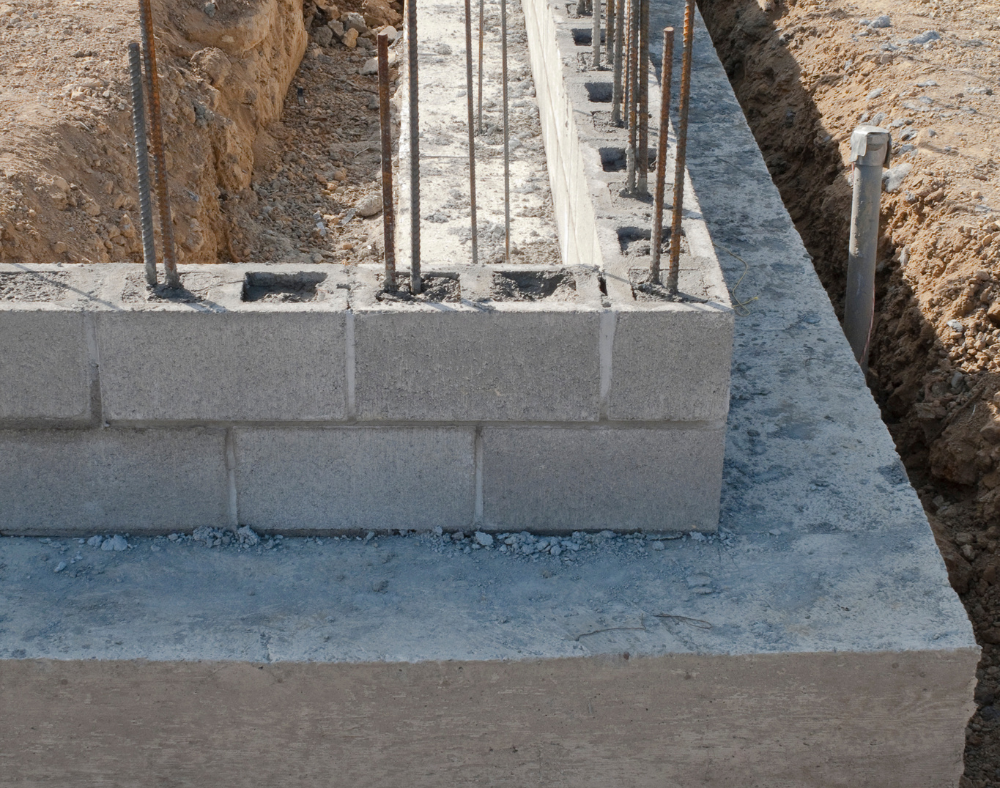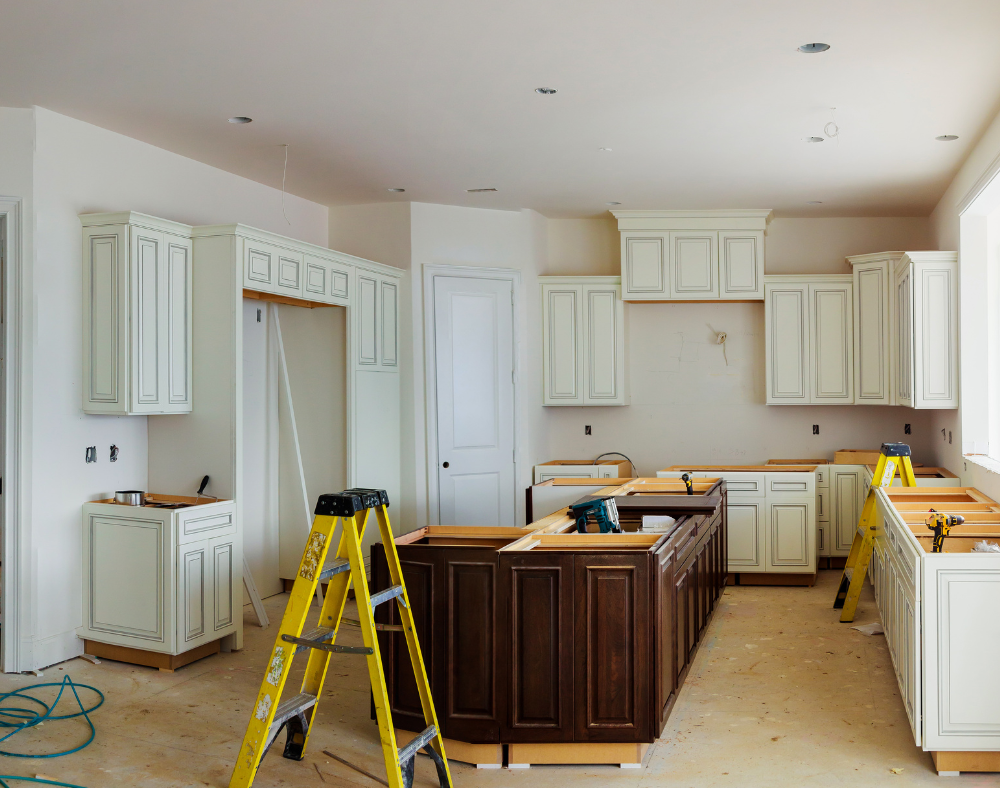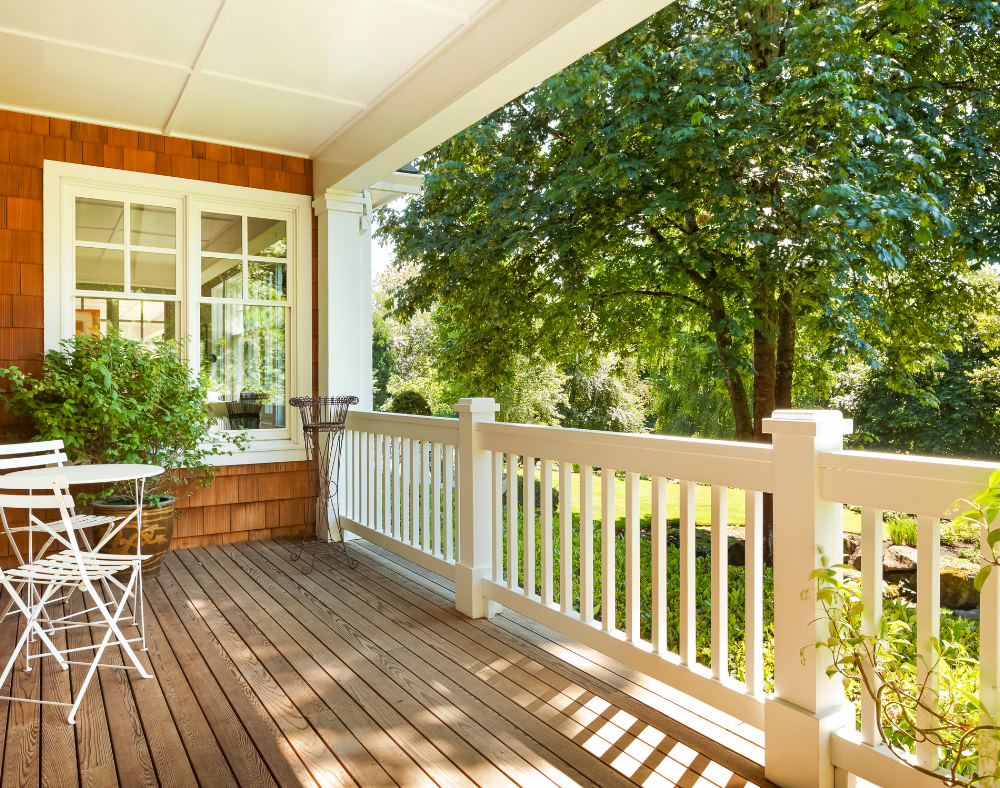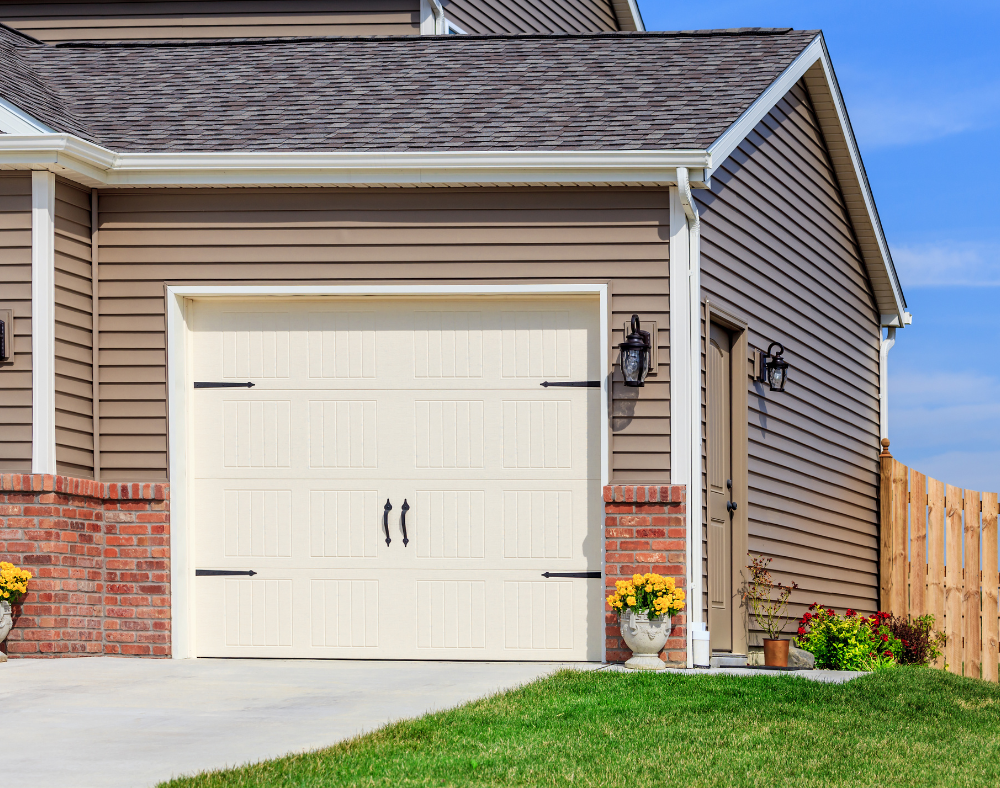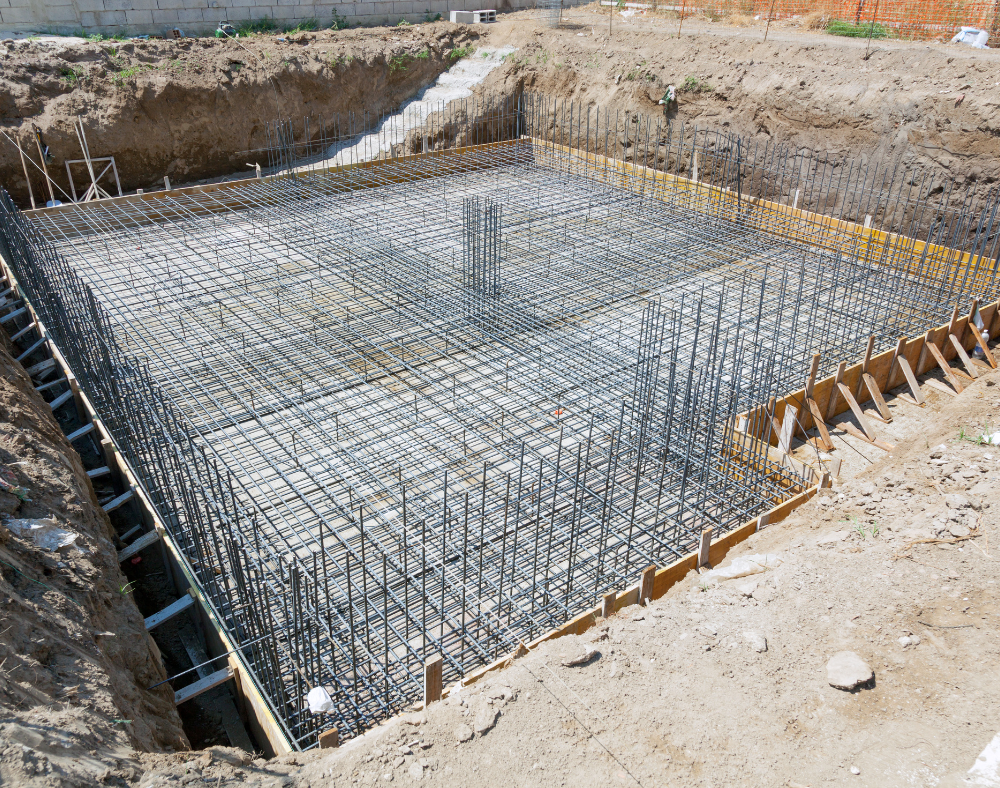Building a home or planning a renovation is a significant undertaking that requires careful planning and attention to detail. From roofing to plumbing, every aspect plays a crucial role in ensuring the longevity, functionality, and aesthetic appeal of your property. This guide will provide you with essential information on key components like roofing works, porch construction, plumbing and irrigation, and garage or parking considerations. Whether you're a first-time homeowner or an experienced renovator, these insights will help you make informed decisions and avoid common pitfalls.
What You Need to Know Before Building or Renovating Your Home
Introduction
The roof is one of the most critical elements of any structure, providing protection from the elements and contributing to the overall energy efficiency of your home. Understanding the different roofing materials and their pros and cons can help you choose the right option for your needs.
Roofing Material Options
- Asphalt Shingles: The most common roofing material due to its affordability and ease of installation. They are available in a variety of colors and styles, offering decent durability and a lifespan of around 20-30 years.
- Metal Roofing: Known for its longevity and resistance to extreme weather conditions. Metal roofs can last up to 50 years or more and are available in various styles, including standing seam and metal shingles.
- Tile Roofing: Offers a distinctive, classic look and is highly durable, with a lifespan of up to 100 years. However, it can be heavy and expensive.
- Slate Roofing: Highly durable and aesthetically pleasing, slate roofs can last for over a century. They are fire-resistant and low maintenance but come with a high price tag and require specialized installation.
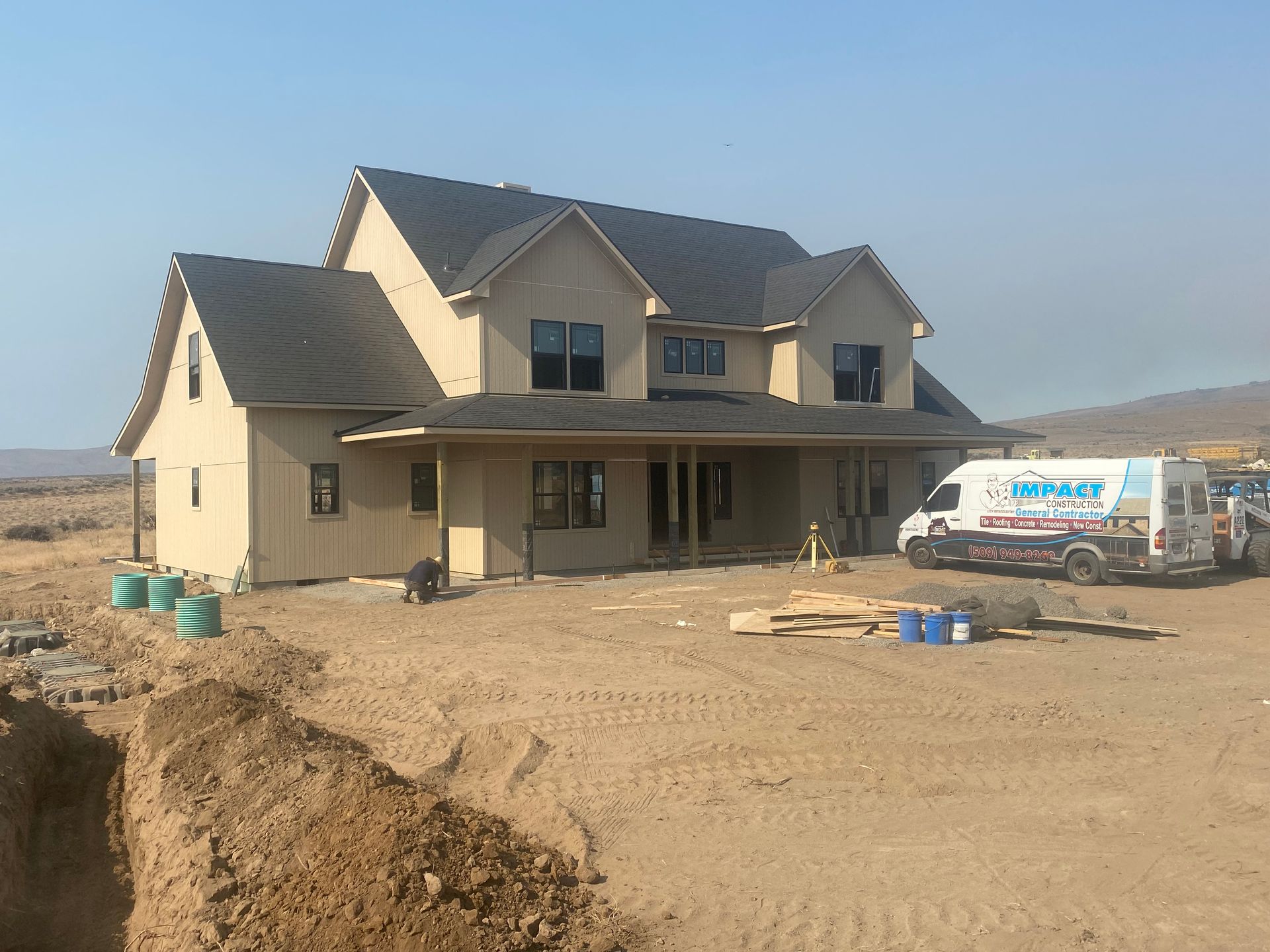
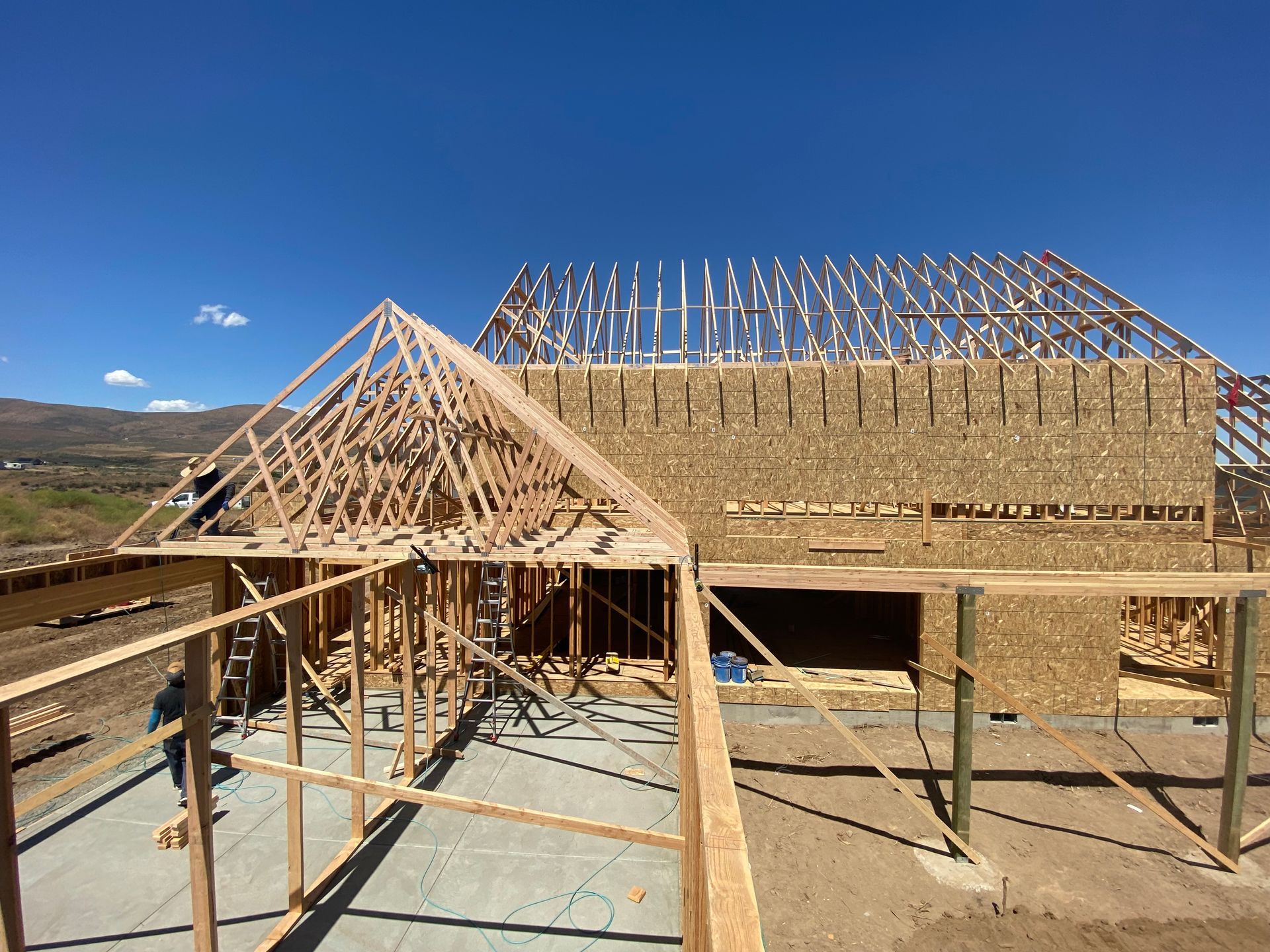
Key Considerations for Roofing
- Climate: Choose a roofing material that can withstand the weather conditions in your area. For example, metal roofing is excellent for areas prone to heavy snowfall, while clay tiles are ideal for hot, dry climates.
- Ventilation: Proper roof ventilation is crucial to prevent moisture buildup and extend the life of your roof. It also helps in regulating indoor temperatures and reducing energy costs.
- Insulation: Good insulation reduces heat transfer, keeping your home comfortable year-round and reducing energy bills.
For more detailed information on roofing options, check out The Spruce guide on different types of roofing materials.
Roofing Works: Protecting Your Home from the Top Down
Porch Construction: Creating an Inviting Outdoor Space
A porch is not just an extension of your home; it's an outdoor space that adds character and value. Whether you're building a new porch or renovating an existing one, there are several factors to consider to create a functional and aesthetically pleasing space.
Types of Porches
- Open Porch: A traditional style that features a roof and open sides, providing shade and a connection to the outdoors.
- Screened Porch: Offers protection from insects and weather while allowing fresh air and light to filter through.
- Wraparound Porch: Extends around the sides of the house, providing ample space for seating and outdoor activities.
- Sunroom: Enclosed with glass windows, allowing you to enjoy the outdoor views while being protected from the elements.
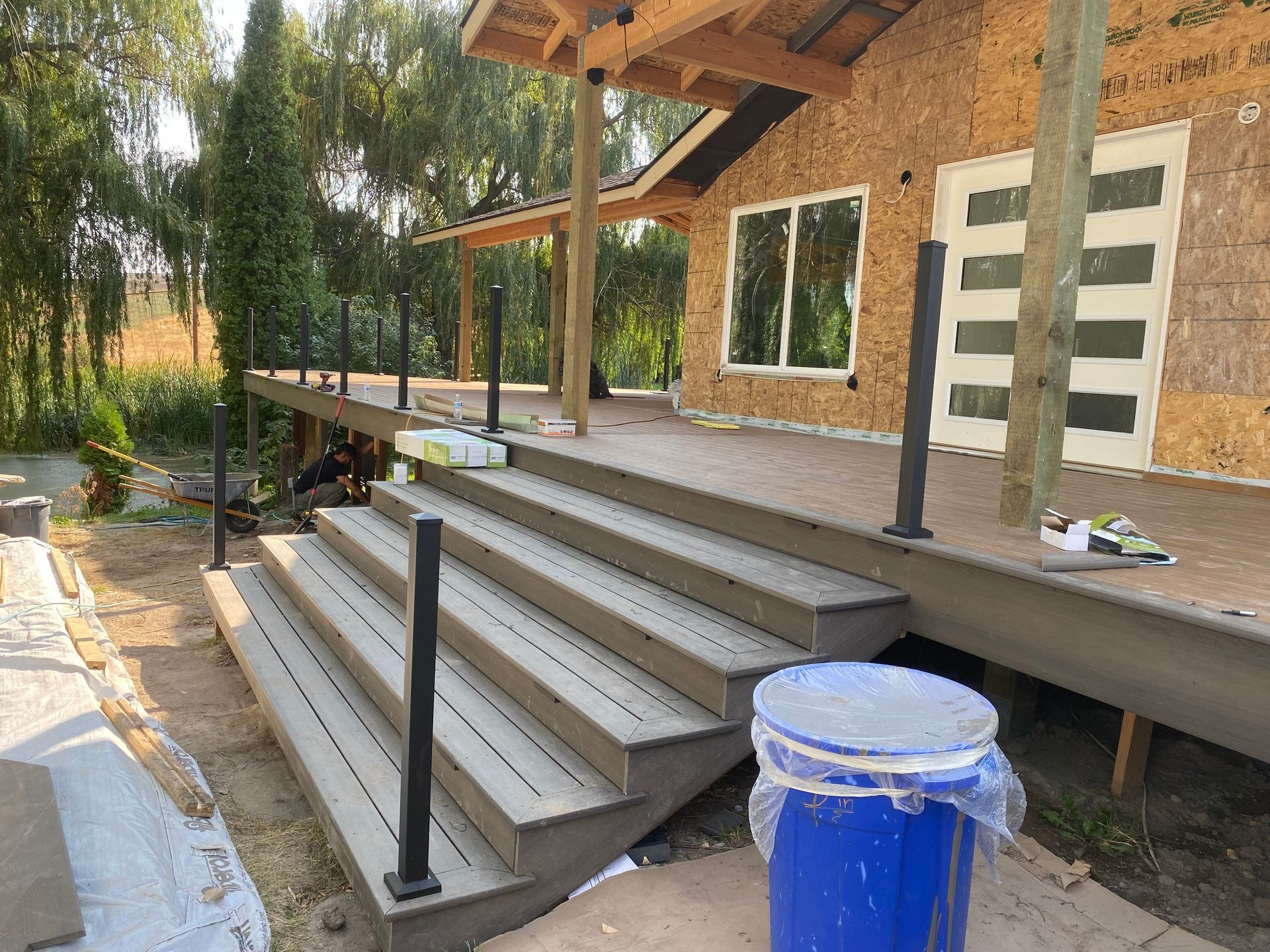
Design and Construction Tips
- Foundation: A sturdy foundation is crucial for any porch. Consider using concrete piers or a full concrete slab for stability.
- Materials: Choose materials that complement the style of your home. Common options include wood, composite decking, and stone.
- Roofing: The porch roof should match the design of the main roof and provide adequate protection from the elements.
- Lighting and Electrical: Plan for lighting and electrical outlets to enhance the functionality of your porch, especially if you plan to use it in the evenings.
For porch design inspiration, visit Better Homes & Gardens for various styles and ideas.
Plumbing & Irrigation:
Ensuring Efficient Water Management
Proper plumbing is essential for any home, affecting everything from water supply to drainage. Irrigation, on the other hand, plays a key role in maintaining your landscaping. Both systems require careful planning to ensure efficiency and prevent future problems.
Plumbing Considerations
- Pipe Materials: Choose durable pipe materials such as PEX, PVC, or copper. Each material has its pros and cons, with PEX being flexible and resistant to corrosion, PVC being cost-effective, and copper being long-lasting but more expensive.
- Water Pressure: Ensure that the plumbing system is designed to provide adequate water pressure throughout the house. This may involve installing pressure regulators and properly sizing the pipes.
- Water Heater: Consider the type and size of water heater that best suits your household's needs. Tankless water heaters are energy-efficient and provide hot water on demand, while traditional tank heaters are more affordable upfront.

Irrigation Tips
- Zoning: Divide your landscape into zones based on plant types and water needs. This allows for more efficient watering and reduces water waste.
- Drip Irrigation: Use drip irrigation systems for targeted watering of plants and garden beds. They deliver water directly to the roots, minimizing evaporation and runoff.
- Smart Controllers: Invest in a smart irrigation controller that adjusts watering schedules based on weather conditions and soil moisture levels. This can significantly reduce water usage and help maintain a healthy landscape.
For more plumbing tips and resources, visit Family Handyman for DIY repairs and maintenance advice.
Garage & Parking:
Planning for Convenience and Functionality
A well-designed garage and parking area can enhance the convenience and safety of your home. Whether you're building a new garage or renovating an existing one, consider factors like layout, storage, and access.
Garage Types
- Attached Garage: Provides direct access to the house, offering convenience and security. It's ideal for areas with cold or inclement weather.
- Detached Garage: Separate from the main house, offering more design flexibility and reducing noise and fumes inside the home.
- Carport: An open-sided structure that provides basic protection from the elements. It's a cost-effective alternative to a full garage.
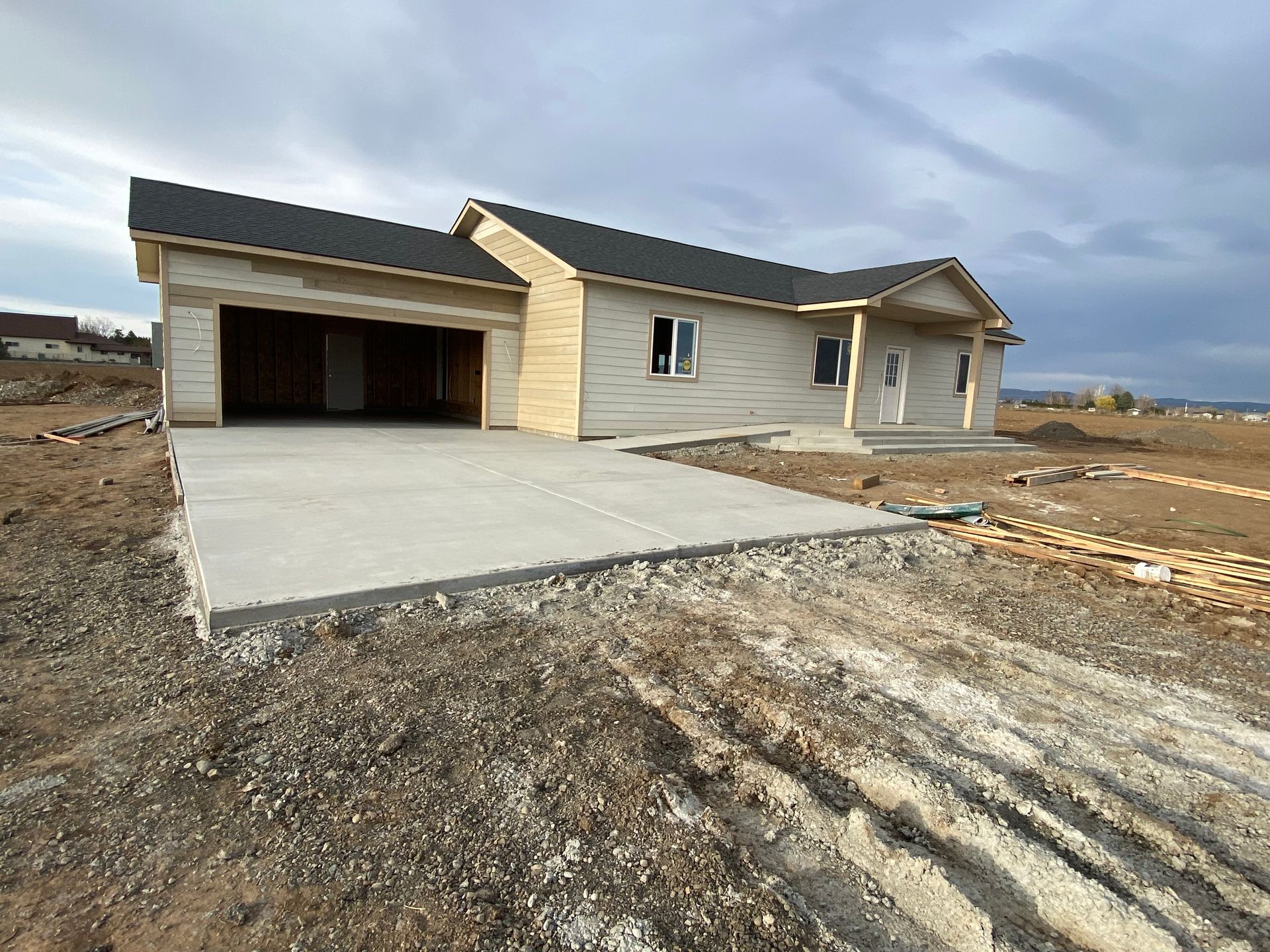
Design and Storage Solutions
- Layout: Plan the garage layout to maximize space and ensure ease of movement. Consider adding a workbench, storage shelves, and pegboards for tools.
- Storage: Use overhead storage racks and wall-mounted cabinets to keep the garage organized and free up floor space for parking.
- Access: Ensure that the driveway is wide enough for easy access and maneuvering of vehicles. Consider adding a side door for convenient entry and exit.
For garage organization ideas, check out HGTV for tips on maximizing storage and maintaining a clutter-free space.
Conclusion
Constructing or renovating a home is a complex process that involves careful consideration of various elements. From choosing the right roofing material to designing a functional porch, plumbing system, and garage, each decision impacts the overall quality and value of your property. By staying informed and planning ahead, you can create a home that not only meets your needs but also stands the test of time.
For more insights and expert advice on home construction and renovation, visit This Old House for a wealth of resources and how-to guides.
Additional Resources
- Roofing and Climate Considerations: Learn how climate affects roofing choices at Roofing Center.
- Porch Construction Regulations: Check local building codes and regulations before starting a porch project. Visit DecksGo for guidelines.
- Plumbing and Water Conservation: Explore water-saving plumbing fixtures and tips at EPA WaterSense.
- Garage Ventilation: Understand the importance of garage ventilation with this guide from Garage Fanatics.
- Smart Home Integration: Integrate your irrigation system with other smart home devices for improved efficiency. Visit CNET for automation tips.
- DIY Home Maintenance: For a comprehensive list of DIY home maintenance tasks, check out The Family Handyman.

